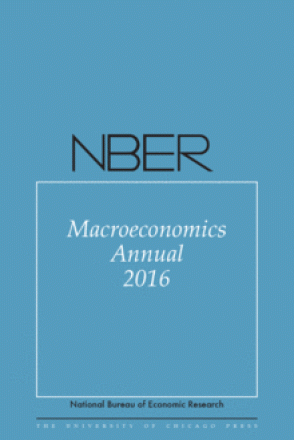Forward Guidance and Macroeconomic Outcomes Since the Financial Crisis

You may be able to download this chapter for free via the Document Object Identifier.
This paper studies the effects of FOMC forward guidance. We begin by using high frequency identification and direct measures of FOMC private information to show that puzzling responses of private sector forecasts to movements in federal funds futures rates on FOMC announcement days can be attributed entirely to Delphic forward guidance. However a large fraction of futures rates’ variability on announcement days remains unexplained, leaving open the possibility that the FOMC has successfully communicated Odyssean guidance. We then examine whether the FOMC used Odyssean guidance to improve macroeconomic outcomes since the financial crisis. To this end we use an estimated medium-scale New Keynesian model to perform a counterfactual experiment for the period 2009q1–2014q4, in which we assume the FOMC did not employ any Odyssean guidance and instead followed its reaction function from before the crisis as closely as possible while respecting the effective lower bound. We find that a purely rule-based policy would have delivered better outcomes in the years immediately following the crisis than FOMC forward guidance did in practice. However starting toward the end of 2011, after the Fed’s introduction of “calendar-based” communications, the FOMC’s Odyssean guidance appears to have boosted real activity and moved inflation closer to target. We show that our results do not reflect Del Negro, Giannoni, and Patterson (2015)’s forward guidance puzzle.


